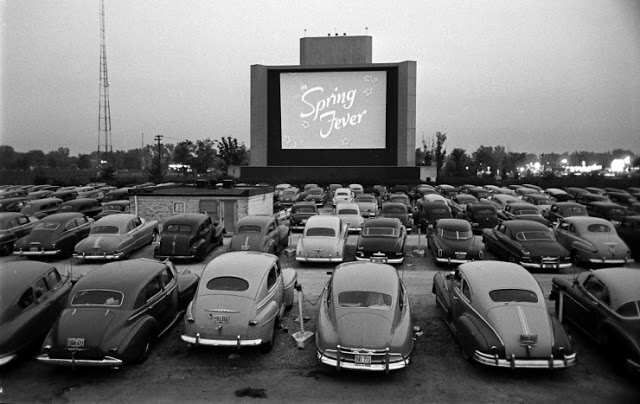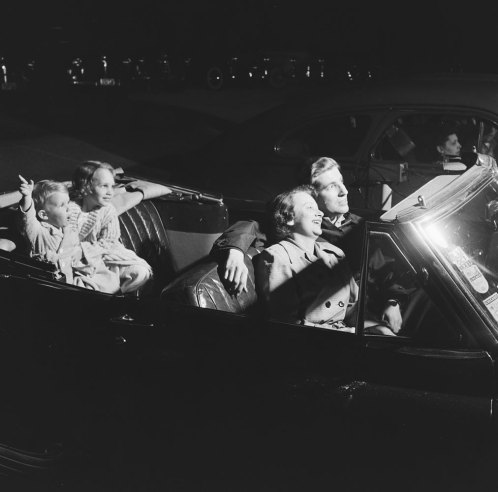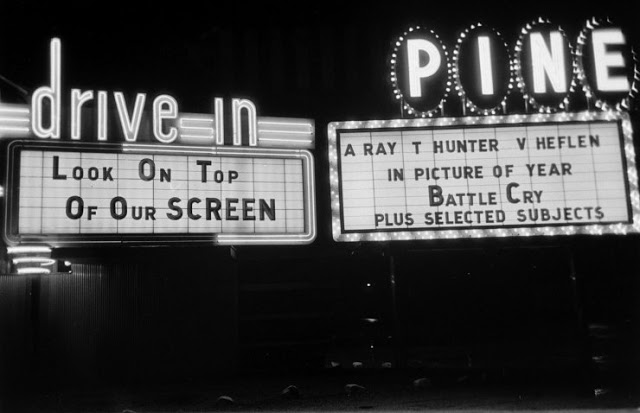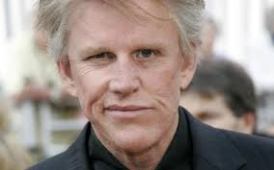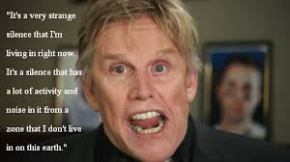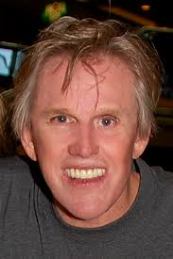Marlon Brando, 1924-2004: One of the Greatest Actors of All Time
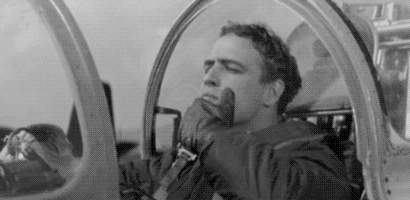
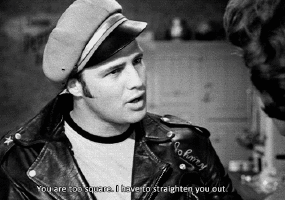

Download MP3 (Right-click or option-click the link.)
I’m Faith Lapidus.
And, I’m Steve Ember with PEOPLE IN AMERICA in VOA Special English. Today, we tell about actor Marlon Brando. Many critics say he was the greatest actor of all time. And many actors say he influenced them more than any other person in the film industry.
There was no public service to honor Marlon Brando when he died in two thousand four at the age of eighty. The actor’s sister, Jocelyn Brando, said he would have hated such an event. The family held a small private ceremony instead.
Brando did not seek public attention when he was alive. He protected his private life. But he was a huge star. This, combined with his personal tragedies and his politics, made him a special target of the press.
Marlon Brando was born in Omaha, Nebraska in nineteen twenty-four. He was named after his father, a salesman, but his family called him Bud. His mother, Dorothy, was an actress in the local theater. He had two older sisters.
Marlon Brando’s childhood was not happy. His parents drank too much alcohol and argued often. Dorothy Brando blamed her husband for the failure of her acting career. The older Marlon Brando did not have a good relationship with his son. In a book about his life, the actor wrote that his father never had anything good to say about his son.
The Brandos moved many times when Marlon was young. His parents separated when he was eleven, but they re-united after two years. Young Marlon was always getting into trouble at school. His father decided to send him to a military school in Minnesota. Marlon did not do well in classes there. But he did find support for his interest in theater. A drama teacher urged him to begin acting in plays there and he did. But he was expelled from the school for getting into trouble.
Marlon Brando moved to New York City when he was nineteen years old in nineteen forty-three. He took acting classes at the New School for Social Research. One of his teachers was Stella Adler, who taught the “Method” style of realistic acting. The Method teaches actors how to use their own memories and emotions to identify with the characters they are playing.
#Marlon Brando learned the Method style quickly and easily. Critics say he was probably the greatest Method actor ever. One famous actress commented on his natural ability for it. She said teaching Marlon Brando the Method was like sending a tiger to jungle school.
Marlon Brando appeared in several plays. He got his first major part in a Broadway play in nineteen forty-seven, at the age of twenty-three. He received great praise for his powerful performance as Stanley Kowalski in the Tennessee Williams play, “A Streetcar Named Desire.”
His fame grew when he acted the same part in the movie version, released in nineteen fifty-one. Brando plays an angry working-class man. His wife’s sister, Blanche, comes to visit them in New Orleans, Louisiana. Blanche’s family used to be rich landowners but they lost all their property. Now she is mentally unstable. Stanley treats Blanche unkindly and insults her. Here, he tells Blanche what he thinks about women.
STANLEY: “I don’t go in for that stuff.”
BLANCHE: “What stuff?”
STANLEY: “Compliments to women about their looks. I never met a dame yet didn’t know if she was good-lookin’ or not without bein’ told. And there’s some of them that give themselves credit for more than they’ve got. I once went out with a dame who told me, ‘I’m the glamorous type’…she says ‘I am the glamorous type.’ I says ‘so what?'”
BLANCHE: “And what did she say then?”
STANLEY: “She didn’t say nothin’. I shut her up like a clam.”
“Streetcar” was Brando’s second film. He was nominated for an Academy Award for the performance. He was nominated for Oscars for his next two films as well. In nineteen fifty-two he played Mexican revolutionary leader Emiliano Zapata in the movie “Viva Zapata.” The following year he played Marc Antony in “Julius Caesar.”
Marlon Brando did not win an Oscar for Best Actor until nineteen fifty-four for the movie “On the Waterfront.” Many critics consider it his finest performance. The film’s director, Elia Kazan, said it was the best performance by a male actor in the history of film.
Brando plays Terry Malloy, a failed boxer. He informs on organized crime leaders, including his brother, Charlie. His brother had made him lose fights on purpose so Charlie could make money gambling on the fights. But now, Terry expresses his regrets about losing the fights.
TERRY MALLOY: “You don’t understand. I coulda had class. I coulda been a contender. I coulda been somebody instead of a bum which is what I am. Let’s face it.”
Marlon Brando acted in about forty movies. He was nominated for a total of eight Academy Awards. In his movies, he played a Japanese translator, a German Nazi military officer and the father of Superman. He even sang in a movie musical called “Guys and Dolls.”
His real life was as colorful as his many movie characters. His love life was especially active. He married actress Anna Kashfi in nineteen fifty-seven. The marriage had problems from the start. Their child, a son named Christian, was born a few months after they married. They separated the next year.
In nineteen sixty, Brando married Movita Castenada, a Mexican-American actress. They had two children before they separated in nineteen sixty-two. The same year, he married a Tahitian actress, Tarita. The two had met while filming the movie “Mutiny On the Bounty.”
Brando’s marriage to Tarita lasted ten years. But his love of Tahiti never ended. In nineteen sixty-six, he bought a small island near Tahiti. Brando divided his time between his island and his home in California for the rest of his life.
![]() Critics say Marlon Brando began to suffer professionally during and after his work on “Mutiny on the Bounty.” Hollywood directors and producers considered him difficult to work with. Some critics said the actor appeared to be tired of acting.
Critics say Marlon Brando began to suffer professionally during and after his work on “Mutiny on the Bounty.” Hollywood directors and producers considered him difficult to work with. Some critics said the actor appeared to be tired of acting.
But that changed in nineteen seventy-two when Brando appeared in “The Godfather.” At first, the film studio officials did not want Brando in the movie. But the director, Francis Ford Coppola, chose him for the part. The film was a major critical and financial success. Brando was praised for his performance as the Godfather, Vito Corleone, the powerful head of a criminal organization in New York City. He speaks to a man who wants the Godfather to have someone killed.
VITO CORLEONE: “If you’d come to me in friendship then this scum that ruined your daughter would be suffering this very day. And if by chance an honest man like yourself should make enemies, then they would become my enemies. And then they would fear you.”
Marlon Brando won the Best Actor Oscar for “The Godfather.” But he rejected it. He sent a woman named Sasheen Littlefeather to speak for him at the Academy Awards ceremony. She said that Brando could not accept the award because of the way the American film industry treated Native Americans. The people at the Academy Awards ceremony did not like the speech. But some experts think the action helped change the way American Indians were shown in movies.
Marlon Brando was also active in the civil rights movement. He spoke out against racism often and forcefully. He marched in demonstrations. And he gave money to civil rights groups.
Marlon Brando had two family tragedies. In nineteen ninety, his son, Christian, shot and killed a Tahitian man at the family’s home in California. The victim, Dag Drollet, was the boyfriend of Brando’s daughter, Cheyenne. Christian Brando said the killing was accidental. He was found guilty of responsibility in the death and served almost five years in prison.
During the trial, Marlon Brando told the court that he and Anna Kashfi had failed Christian as parents. He also apologized to the Drollet family and said he wished he could trade places with their son.
In nineteen ninety-five, Marlon Brando’s daughter Cheyenne killed herself. She had struggled with mental problems and was still depressed about the killing of her boyfriend.
Marlon Brando never made public statements about the death of his daughter. But reports said he blamed himself. He did not attend his daughter’s funeral in Tahiti.
In the following nine years, he made just four more movies. And the parts he played were small. But his influence on the American film industry was huge. When Marlon Brando died, many famous actors expressed regret. One of them said simply: “He was the best.”
This program was written and produced by Caty Weaver. I’m Steve Ember. And I’m Faith Lapidus. Join us again next week for another PEOPLE IN AMERICA in VOA Special English.
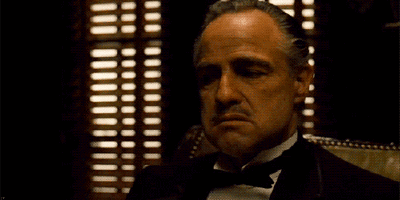
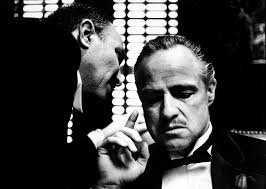
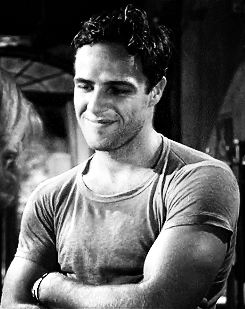

DOCUMENTARY-MARLON BRANDON
A SCENE FRO A STREETCAR NAMED DESIRE 1951
Marlon Brando Wins Best Actor: 1955 Oscars
MARLON BRANDO – OSCAR FOR THE GODFATHER

Sacheen Littlefeather refusing to accept the Best Actor Oscar® on behalf of Marlon Brando for his performance in “The Godfather” – the 45th Annual Academy Awards® in 1973. Liv Ullmann and Roger Moore presented the award.
Apocalypse Now (6/8) Movie CLIP – Colonel Kurtz (1979) HD


